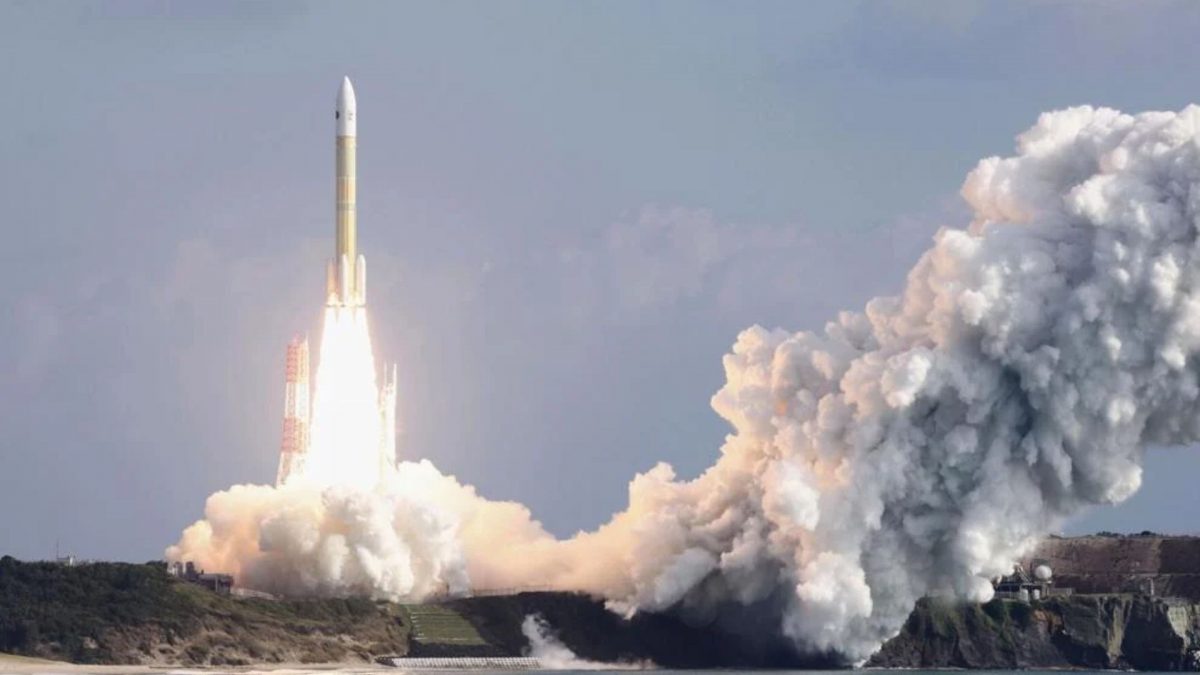The Japan Aerospace Exploration Agency (JAXA) has successfully launched its next-generation unmanned cargo spacecraft destined for the International Space Station (ISS). The mission, which took off from Japan’s primary launch facility, marks a crucial step in maintaining the supply chain to the orbiting laboratory and inaugurating a new fleet of advanced resupply vehicles.
The launch proceeded flawlessly, with the rocket lifting the multi-ton payload into low Earth orbit and successfully deploying the new cargo transporter.
This vessel is designed to eventually replace JAXA’s long-serving H-II Transfer Vehicle (HTV) fleet, known affectionately as “Kounotori” (White Stork). The new design incorporates modern technology to enhance both efficiency and capacity, promising to lower mission costs and increase the volume of supplies delivered in a single trip.
For the international crew currently aboard the ISS, the mission is a critical lifeline.
The cargo hold is packed with several metric tons of essential goods, including fresh food and water, crew consumables, spare parts vital for the station’s life support systems, and a complex array of scientific experiments.
These experiments will leverage the unique microgravity environment to conduct research in medicine, material science, and biology. The ability of the new vehicle to carry both pressurised supplies for the internal cabin and non-pressurised components for external installation is a key feature that makes it invaluable for station maintenance and upgrades.
In the coming days, the automated spacecraft will navigate through a carefully choreographed rendezvous procedure. Upon reaching its final proximity, the vessel will be captured by the ISS’s robotic arm, operated by one of the crew members, and then meticulously berthed to a port on the station.


)

)
)
)
)
)
)
)
)



